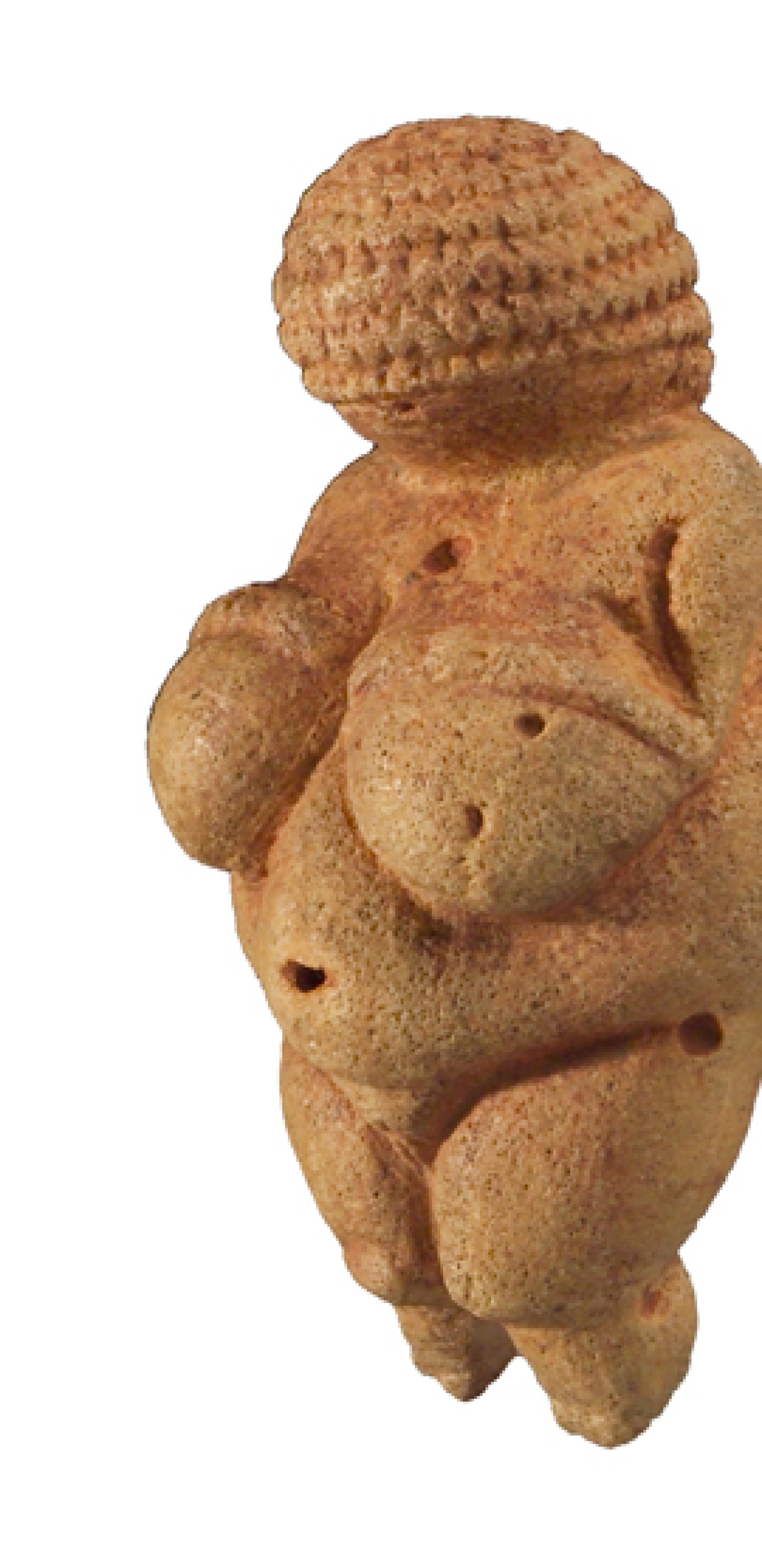Mission Statement
The aim of the Department of Prehistory is to explore the history of mankind based on the rich collections of artifacts from the beginning of human culture until the end of the Early Middle Ages in the 1st millennium CE. For this purpose, unique artefacts from the past are collected, preserved, studied and interpreted by the employees of the department. It is our duty to disseminate the knowledge gained thereby and to put it in context with regard to modern societies’ perception of human culture.
Vision Statement
The Department of Prehistory of the Natural History Museum is intended to be an archive of knowledge for contemporary and future societies that can draw on the rich cultural heritage represented in its collections. The department is committed to modern, state-of-the-art and cutting edge research methods and knowledge-transfer in order to serve as inspiration for the future.
The aim of the Department of Prehistory is to explore the history of mankind based on the rich collections of artifacts from the beginning of human culture until the end of the Early Middle Ages in the 1st millennium CE. For this purpose, unique artefacts from the past are collected, preserved, studied and interpreted by the employees of the department. It is our duty to disseminate the knowledge gained thereby and to put it in context with regard to modern societies’ perception of human culture.
Vision Statement
The Department of Prehistory of the Natural History Museum is intended to be an archive of knowledge for contemporary and future societies that can draw on the rich cultural heritage represented in its collections. The department is committed to modern, state-of-the-art and cutting edge research methods and knowledge-transfer in order to serve as inspiration for the future.
The Department of Prehistory is a department at the NHMW Vienna with a main focus on humanities. The Prehistoric Collection in general holds a considerable share of objects focusing on the former Habsburg Monarchy territory. They illustrate the important cultural flows of humans that inhabited Central Europe over thousands of years. Thanks to centuries of research and excavations, today the department is home of a diverse archaeological collection, holding over 140,000 inventory numbers (lots), consisting of appr. 800,000 individual objects.
During the planning of the museum in the 19th century it was decided that, alongside natural science departments, there should also be an anthropological-ethnographic department dedicated to the study of humankind. This made the NHM Vienna the only state-funded research centre in Austria to cover all three classical human sciences: anthropology, ethnology and prehistory. The great progress made in these scientific fields meant that by 1924 it was necessary to divide the department into three parts, with ethnology being incorporated into the Museum für Völkerkunde in 1927. Today, the Department of Prehistory and the Archive for the History of Science are the only departments at the museum dedicated to the humanities. In the more than 100 years since it was created, the Department of Prehistory’s tasks have changed little. This continuity makes it possible to maintain research work at important sites over many decades or even centuries.


